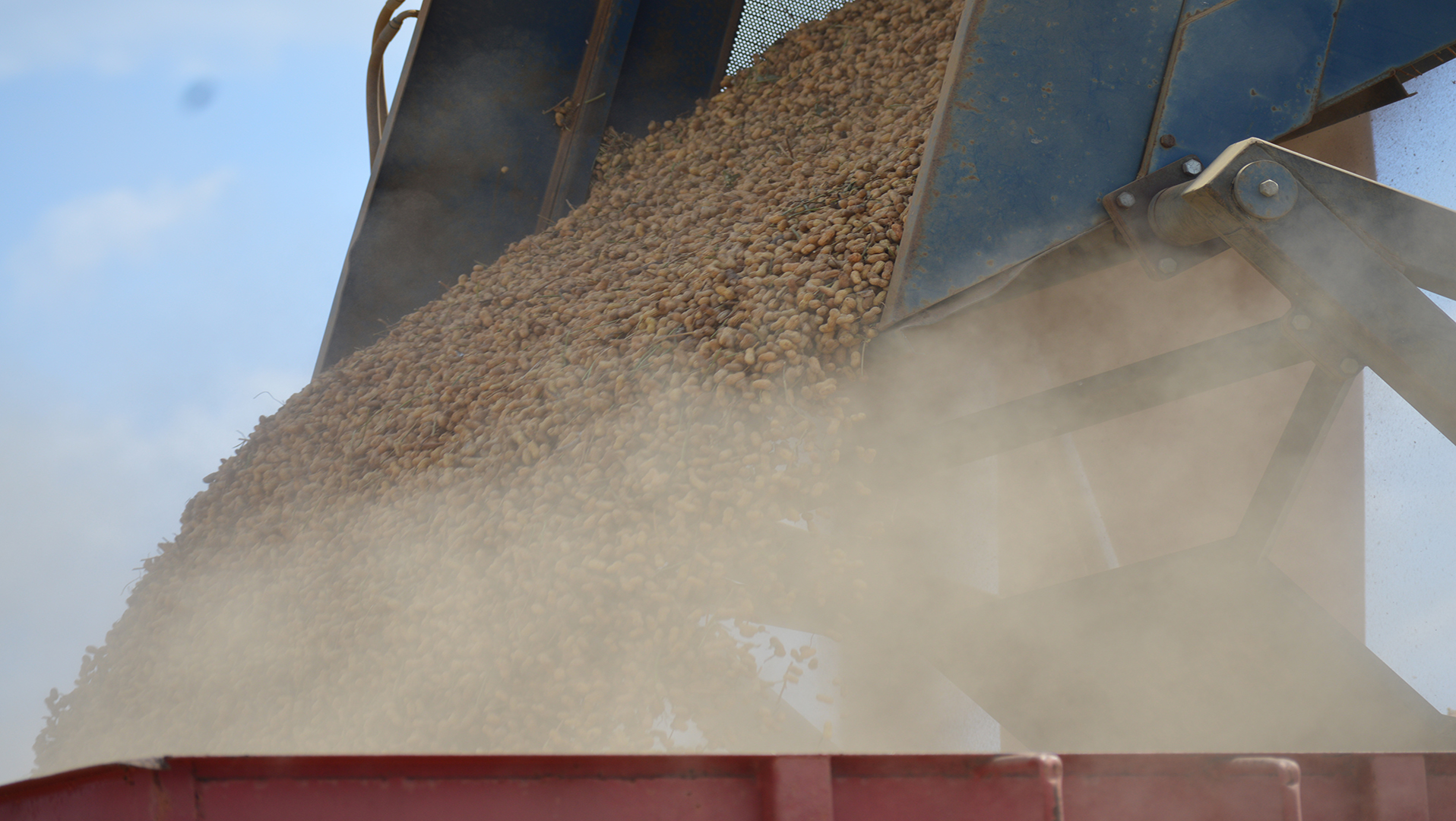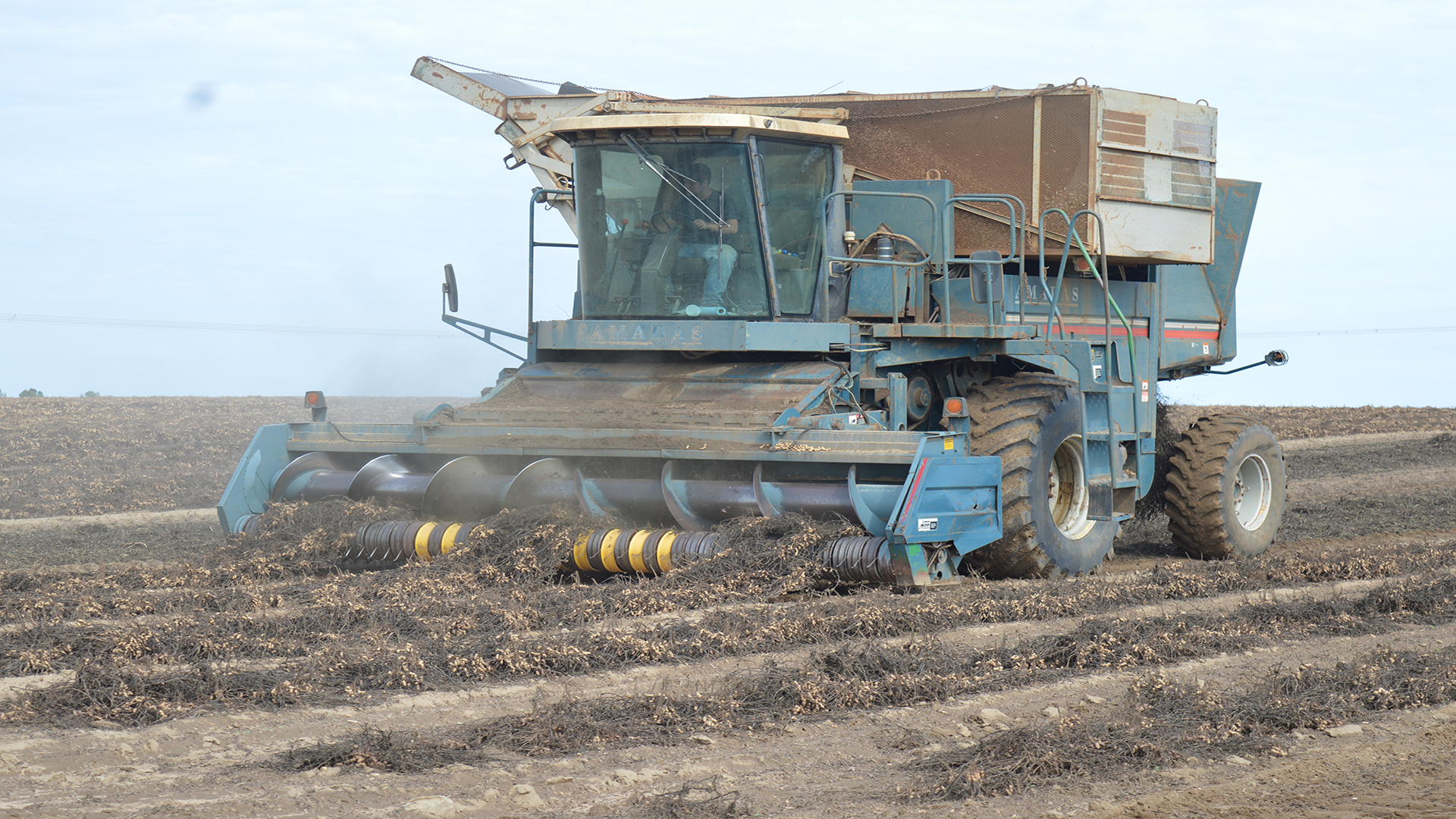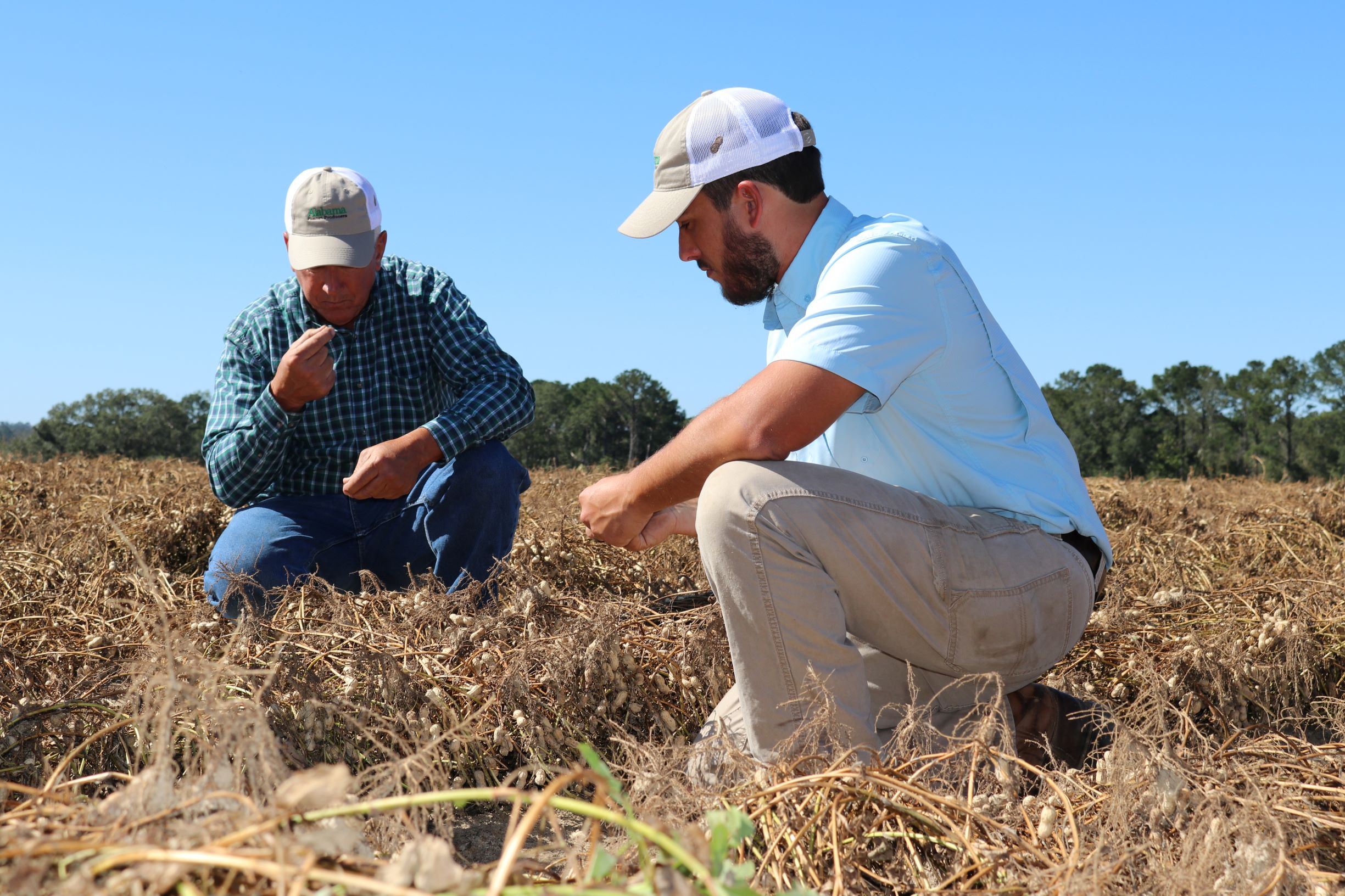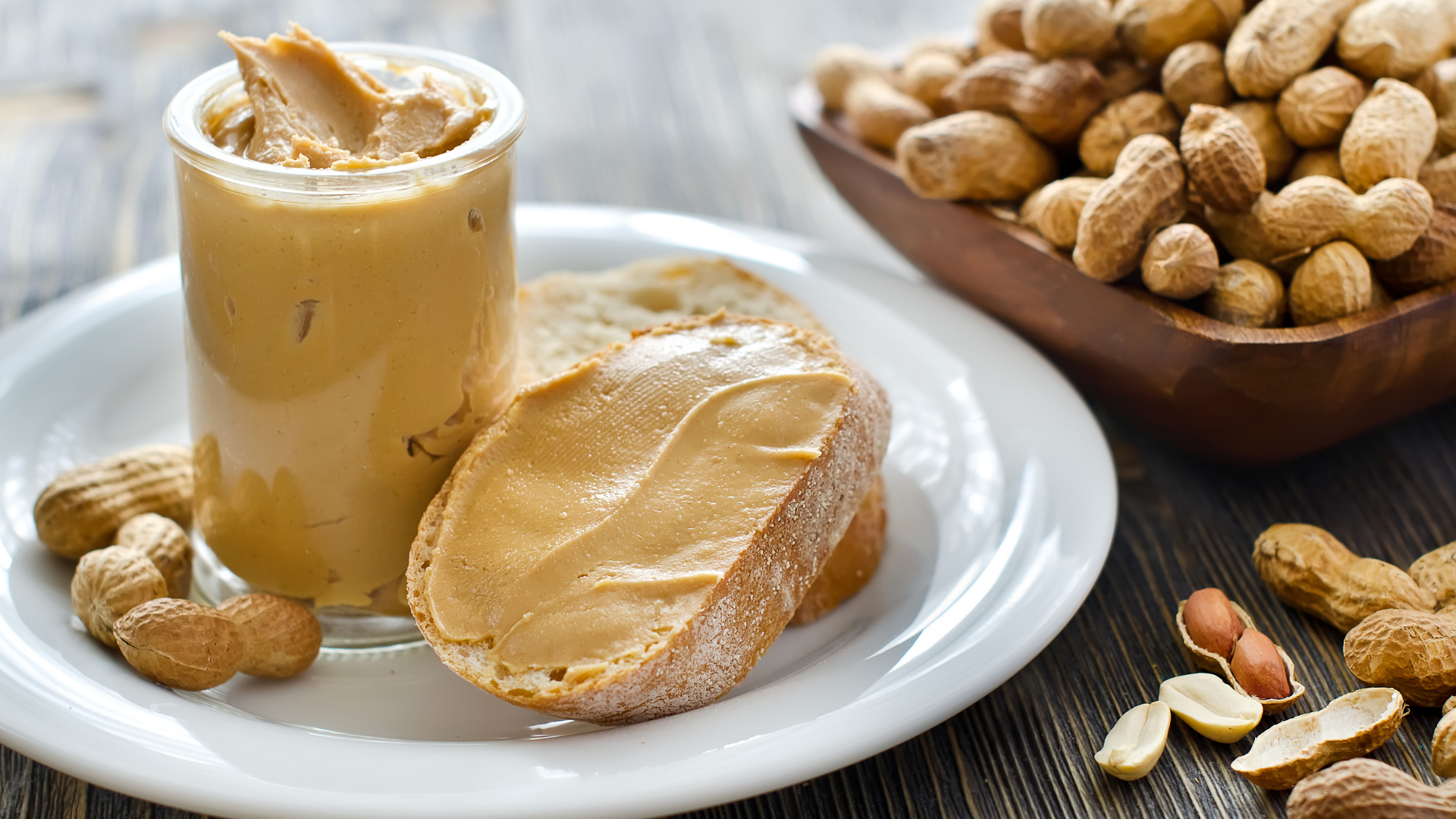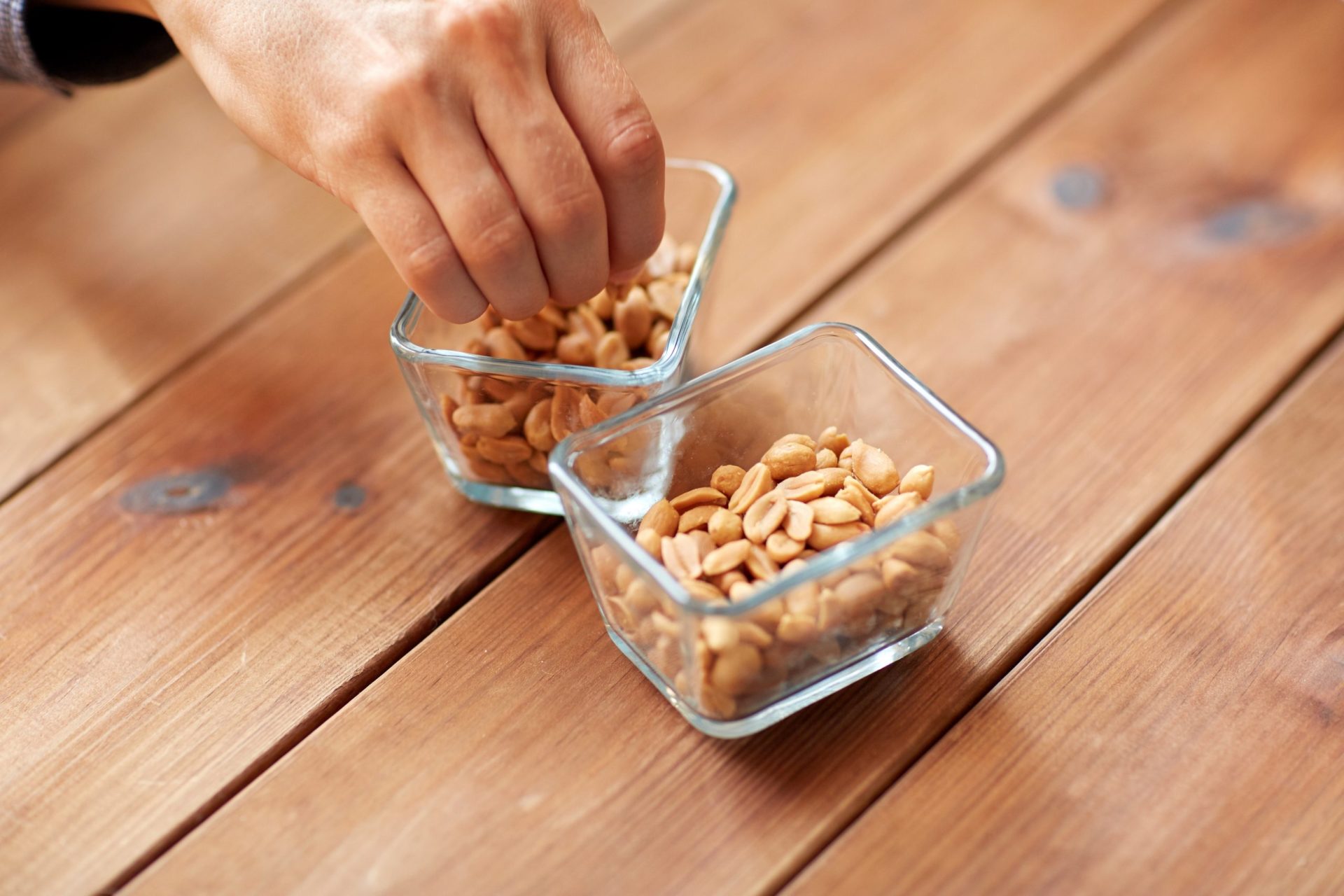While the rain many received from Tropical Storm Claudette is appreciated, it has been said you can have too much of a good thing.
Peanut growers in Southeast Alabama received the majority of the rainfall. Mark Kaiser, a Baldwin County peanut farmer and APPA vice president, received over 7 inches of rain. Escambia County peanut farmer and APPA board member, Sammy Gibbs, has reported receiving over 10 inches on his farm. Other parts of the state’s peanut growing areas did not receive quite as much – Wendy Yeager, peanut farmer in Dallas County, reports only receiving 3 inches from Tropical Storm Claudette.
Kris Balkcom, Auburn University peanut specialist, weighs in on the impact of receiving large amounts of rain during the current peanut growing season:
“Obviously we don’t need 10 inches at one time. However, we seem to get these bigger rainfall events more often now than the smaller more frequent rains. My first concern is that peanuts don’t like saturated soils. Most years we would have a larger percentage of the crop at the fruiting stage than what we have currently this year. The crop was delayed at planting this year so it is at least two weeks further behind than what we would like and to get a big benefit from the heavy rainfall amount.”
“An older crop would have bigger plants, larger root mass and a higher water demand. Therefore, the bigger rainfall amount is not as critical with these smaller young plants. For the most part, this rain is just replenishing the sub soil moisture because not many producers got to plant as early as they wanted and the crop isn’t in the heavy fruiting stage.”
“Watch out for those wetter natured areas of fields and the fields that are flatter with heavier soils. If you see the peanuts yellowing, you may have to cultivate them. The cultivation will help aerate the soil to allow oxygen to get to the roots. The plants will then begin to green back up relatively quickly. Also, with the later planting date many producers are trying to apply herbicides currently to the crop. This particular rainfall event will hinder that, delaying the spray application and effecting the timing of application causing us to miss an opportunity to kill some of the weeds at the right time.”
Steve Li, Alabama Extension weed specialist, shares how this rainfall event can hinder weed control:
“Every growing season is different and unique, and this year is no different. Since late spring, we experienced very wet conditions until mid-May, then very dry, then very wet again. It is almost like in a blink of an eye, field conditions are totally switched from one extreme to the other. Many cotton and peanut fields in south Alabama were planted during the dry spell. Growers were concerned that their residuals behind the planter might be wasted. The concern is real because I have seen Palmer amaranth and sicklepod break though almost any type of herbicide I have put out behind the planter in my research plots. Without adequate and timely rainfall, the herbicides are not helping weed control much.”
“Before growers have time to deal with escapes from PRE application, the intense rainfalls in the last several days may throw more people off the weed control bus as they cannot get back to their fields for a while. Palmer, grasses, sicklepod and other weeds are fully utilizing this period to grow as fast as they can. By the time farmers can spray them, they might be too big to control by any herbicides. This is an unfortunate situation that someone will need to deal with.”
Do you already have big weeds in your peanut fields? Dr. Li shares his recommendations for getting rid of them and cleaning up your fields after all this rain.
Click here to read his recommendations: Peanut weed control update June 22
 Applications are now being accepted for Class XII of the Peanut Leadership Academy. To be eligible for participation, candidates must derive their primary livelihood from farming and currently produce peanuts, make a commitment to the program and agree to attend all sessions except in times of illness or a family emergency, be between the ages of 22 and 45 and provide a completed application.
Applications are now being accepted for Class XII of the Peanut Leadership Academy. To be eligible for participation, candidates must derive their primary livelihood from farming and currently produce peanuts, make a commitment to the program and agree to attend all sessions except in times of illness or a family emergency, be between the ages of 22 and 45 and provide a completed application.
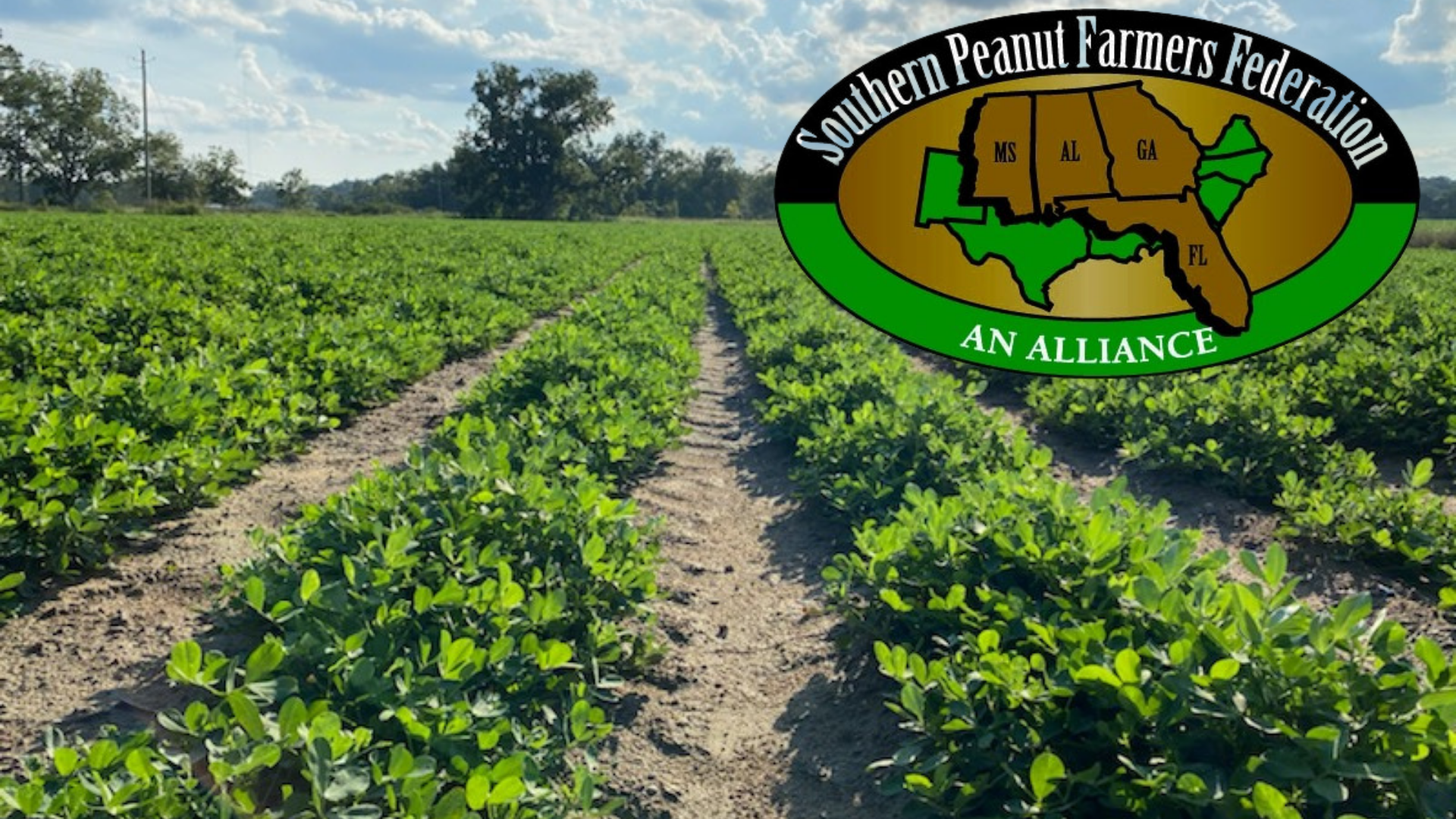
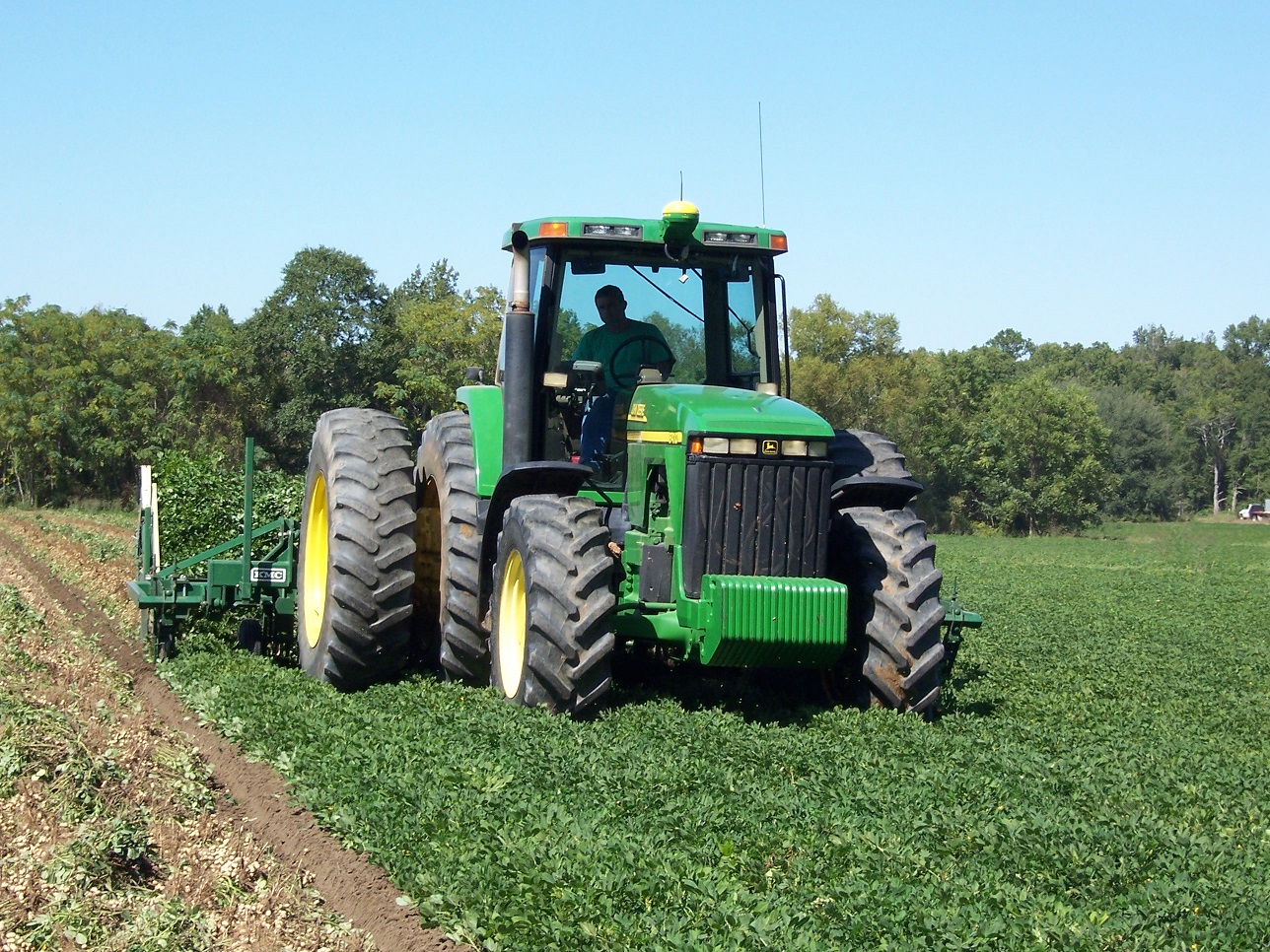
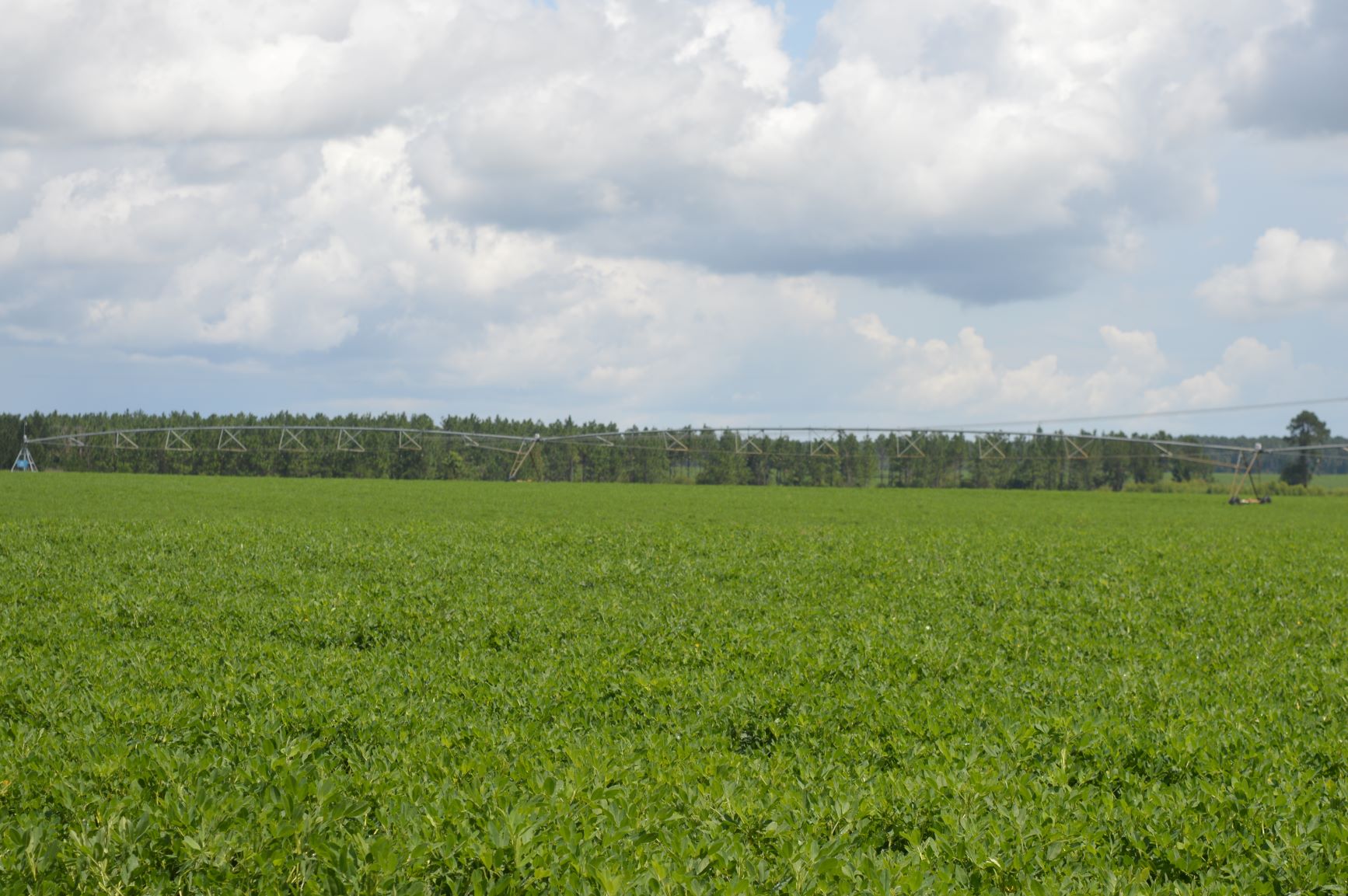
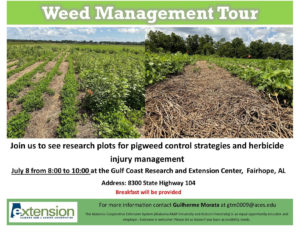 The Gulf Coast Research & Extension Center in Fairhope will host the Weed Management Tour on Thursday, July 8, 2021. The tour is scheduled for 8:00 – 10:00 a.m. Breakfast will be provided. Contact Guilherme Morata at
The Gulf Coast Research & Extension Center in Fairhope will host the Weed Management Tour on Thursday, July 8, 2021. The tour is scheduled for 8:00 – 10:00 a.m. Breakfast will be provided. Contact Guilherme Morata at 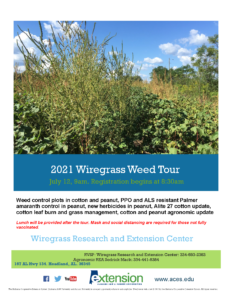 The Wiregrass Weed Tour is scheduled for Monday, July 12, 2021 at the Wiregrass Research & Extension Center in Headland. Registration begins at 8:30 a.m. Tour begins at 9:00 a.m. A lunch will be served. Please RSVP for lunch to the Wiregrass Research & Extension Center at 334-693-2363 or Agronomic REA Sedrick Mack:334-441-8384.
The Wiregrass Weed Tour is scheduled for Monday, July 12, 2021 at the Wiregrass Research & Extension Center in Headland. Registration begins at 8:30 a.m. Tour begins at 9:00 a.m. A lunch will be served. Please RSVP for lunch to the Wiregrass Research & Extension Center at 334-693-2363 or Agronomic REA Sedrick Mack:334-441-8384.
